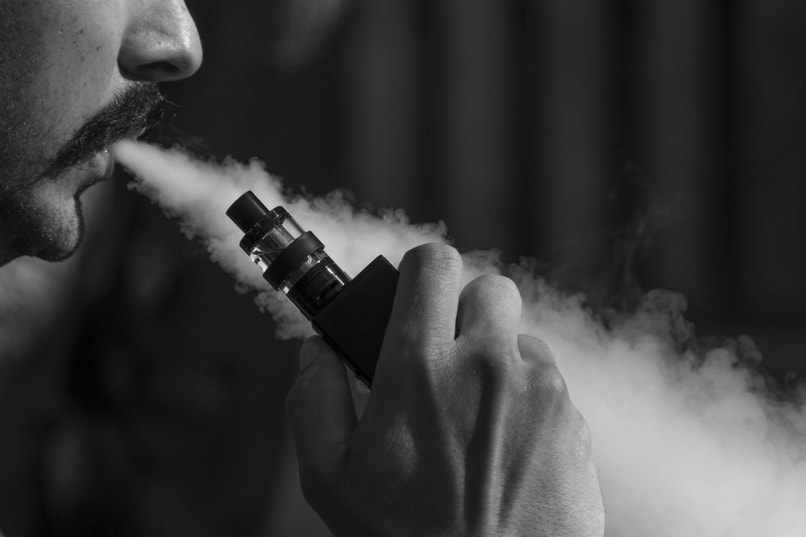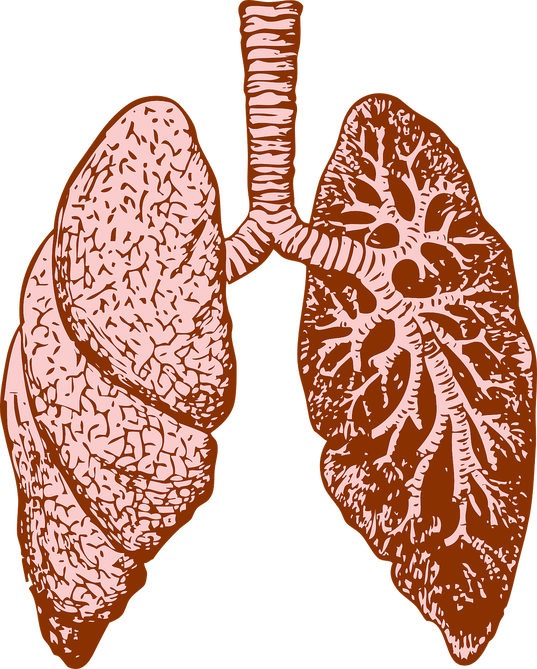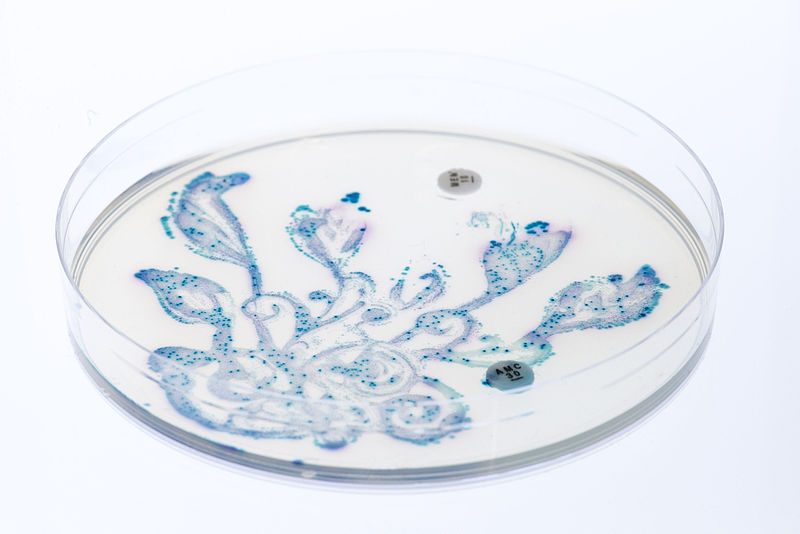How Vitamin E in Vaping Products May Be Causing Lung Injury
Starting in August of 2019, an outbreak of lung injuries related to vaping use has spurred new-found alarm in the potential health issues caused by or related to vaping. Unlike previously held concerns about the unknown impacts of prolonged regular vape use, these new injuries are acute, or immediate, in presentation. The Center for Disease Control (CDC) has activated a multifaceted response to the outbreak of injuries, from closely monitoring new cases in order to better understand the risk factors of electronic cigarette / vaping associated lung injuries (EVALI) and to report this information to the public. Because the number of injuries have rapidly increased following the initial injuries reported in August, the cause is believed to be from new toxic exposures not previously found in e-cigarettes before the outbreak. Vitamin E acetate has been identified as the toxin of interest due to its presence in the bronchoalveolar-lavage (BAL) fluid in the lungs of patients with EVALI.
The CDC found vitamin E present in all of the BAL fluid samples they collected from 29 EVALI patients in 10 states. In a study conducted by the Lung Injury Response Laboratory Working Group, the CDC’s results were expanded upon by testing the BAL fluid of more EVALI patients compared with healthy controls. BAL fluid was collected from 51 EVALI patients in 16 states and from 99 healthy participants. They found that 94% of the patients with vaping associated lung injuries had vitamin E acetate in their BAL fluid samples. In the healthy participants group, no vitamin E acetate was identified, including 18 of the 99 participants who self-identified as e-cigarette users. The lack of other toxicants found in these results further supports vitamin E as the cause of injury.
The CDC found vitamin E present in all of the BAL fluid samples they collected from 29 EVALI patients in 10 states. In a study conducted by the Lung Injury Response Laboratory Working Group, the CDC’s results were expanded upon by testing the BAL fluid of more EVALI patients compared with healthy controls. BAL fluid was collected from 51 EVALI patients in 16 states and from 99 healthy participants. They found that 94% of the patients with vaping associated lung injuries had vitamin E acetate in their BAL fluid samples. In the healthy participants group, no vitamin E acetate was identified, including 18 of the 99 participants who self-identified as e-cigarette users. The lack of other toxicants found in these results further supports vitamin E as the cause of injury.
Image Source: Clker-Free-Vector-Images
Vitamin E, when used topically or consumed, is generally harmless and can be commonly found in skin products and multivitamins. However, vitamin E becomes dangerous when it’s inhaled. The Lung Injury Response Laboratory proposed possible chemical mechanisms of vitamin E becoming a toxin when inhaled. Vitamin E becomes vitamin E acetate in the lungs when it reacts to form an ester with acetic acid. The structure of vitamin E acetate allows it to become parallel to phospholipids that form the pulmonary surfactant in the lungs. The surfactant allows the lungs to inflate properly by reducing the tension between air and water in the lungs. When exposed to vitamin E acetate, some of the phospholipids become less pliable and more stiff, disrupting the surfactant’s ability to reduce surface tension and inhibiting lung’s function. In addition, the fact that vitamin E is heated when inhaled via vape products is another concern, as heated vitamin E acetate can form ketene, a lung irritant. With these likely mechanisms in consideration, the study concludes that the results of research that is currently being conducted will further contextualize and clarify vitamin E’s role in vaping associated lung injuries.
Vitamin E has predominantly been found in THC based vaping products that were sold illegally. It has likely been used due to its capacity to make the vapor from these devices appear more opaque and fuller for more visually appealing vaping tricks. Due to the risk of injury or death from inhaling vitamin E, it is vital to avoid using any “black market” vapes, especially if they contain THC. Electronic cigarettes purchased from regulated vendors pose less risk of EVALI, but the long term impacts of use are still ambiguous.
Vitamin E has predominantly been found in THC based vaping products that were sold illegally. It has likely been used due to its capacity to make the vapor from these devices appear more opaque and fuller for more visually appealing vaping tricks. Due to the risk of injury or death from inhaling vitamin E, it is vital to avoid using any “black market” vapes, especially if they contain THC. Electronic cigarettes purchased from regulated vendors pose less risk of EVALI, but the long term impacts of use are still ambiguous.
Featured Image Source: sarahjohnson1
RELATED ARTICLES
|
Vertical Divider
|
Vertical Divider
|
Vertical Divider
|






